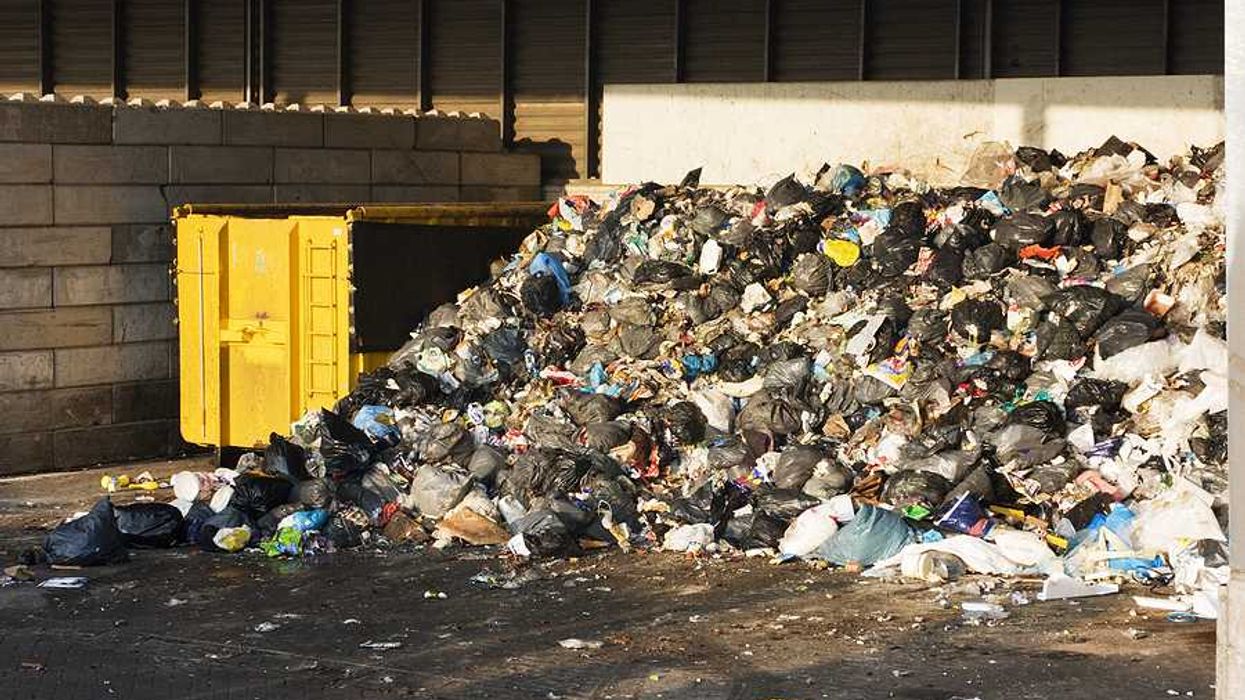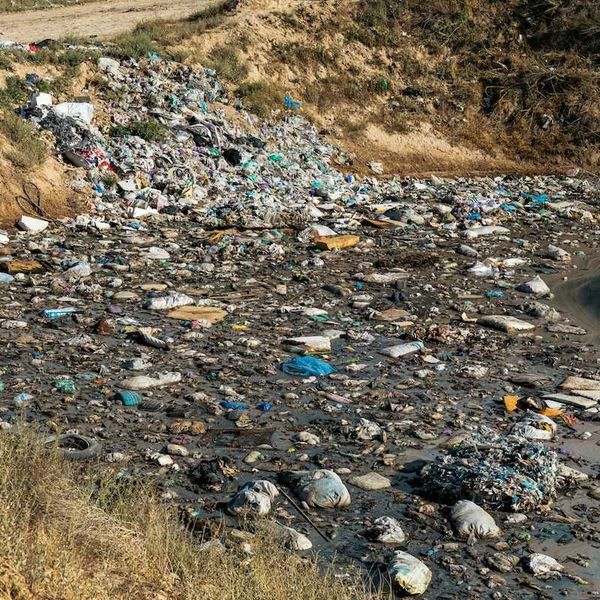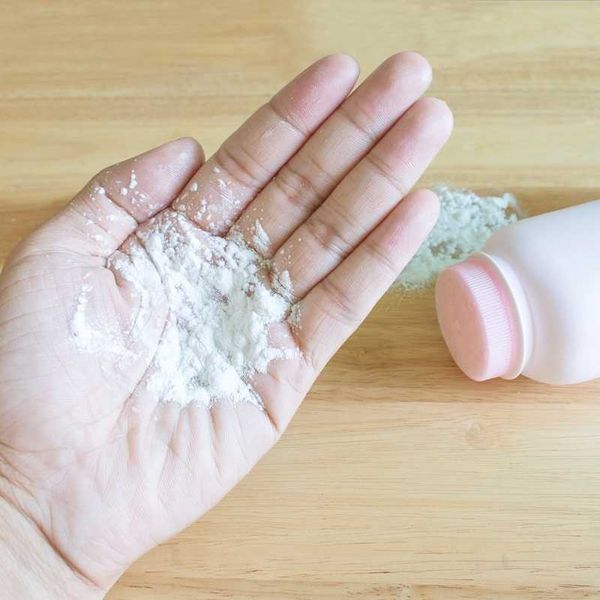Editor's note: What did we miss here? We want to hear from you! Send us your thoughts on the most important stories from 2017 and what we need to watch for in 2018. Send your comments to our senior editor, Brian Bienkowski, at bbienkowski@ehn.org.
What to watch on toxics — both at home and abroad — as we look to 2018.
Stain resistant, crazy persistent
Perfluorinated chemicals are kind of the #MeToo of the chemical exposure world. Awareness is rising across the U.S. and the world but the problem isn't going away. The chemicals—linked to hormone disruption, cancers and development problems—are often used as stain or water repellants or in firefighting foam.
"Some of these compounds have been around for a very long time, and we've been concerned about a couple of them, but not all are even identified," said Linda Birnbaum, director of the National Institute for Environmental Health Sciences.
"There may be more than 3,000," she added. "And many that we know almost nothing about."
From the US:
- There's a high profile contamination conundrum in North Carolina over GenX, found in more than 80 drinking water wells, the Cape Fear River and, most recently, in food.
- In West Michigan north of Grand Rapids, per- and polyfluoroalkyl substances has been found in the water of more than a hundred homes, spurring lawsuits and bottle water distribution.
- In Minnesota the state attorney general just updated a lawsuit against 3M, which made many of the chemicals, claiming the pollution caused cancers and premature births.
These communities are not alone—these chemicals are persistent, stable and do not break down in the environment. Researchers estimate two of the more common perfluorinated chemicals pollute the drinking water of about 6 million people in the U.S.
The feds have taken notice. In a defense bill passed in November, Congress approved a five-year study of the human health consequences of perfluorintated chemicals, which could spur regulatory action. In addition, the EPA this month announced a "cross-agency" effort to expand research of the chemicals.
Industry sits at table. Takes head seat.

Rollbacks and industry appointees keep coming at the U.S. Environmental Protection Agency. Industry reps dominate EPA Administrator Scott Pruitt's calendar and advisory councils.
"This is the most pro-industry EPA ever," said Joe Braun, a researcher and assistant professor of epidemiology at Brown University.
Key rollbacks: The EPA in March reversed a decision from the Obama Administration to take the insecticide chlorpyrifos—widely accepted in the scientific community as toxic to children—off the market.
Scott Faber, senior vice president of government affairs at Environmental Working Group, pointed out the decision was reversed after Dow's $1 million contribution to Trump.
Also, while most focus on climate change impacts, the rollback of the Clean Power Plan has huge health implications, said Nneka Leiba, director of health living science at the Environmental Working Group, adding that EPA estimates the plan could reduce the asthma attacks in children by 90,000 cases per year.
Watch the 2018 budget. A recent Senate appropriations bill called for the outright removal of the EPA's Integrated Risk Information System (IRIS) as part of an overall $150 million cut to EPA funding. A House spending bill sought to cut the agency's budget by $528 million.
Figuring out TSCA. Updates to the Toxic Substances Control Act have still not been implemented. In the meantime, the EPA is facing a massive backlog of chemicals and has been soliciting input from the chemical industry to figure out a way to get chemicals tested and onto the market faster. The agency has narrowed its scope of what it reviews for each chemical, streamlining the process. Enviro groups aren't happy. And manufacturers still think the process is too cumbersome.
Braun also predicts that "industry groups and their lackeys will become more aggressive in harassing scientists about their work," he said.
"This could result in science becoming more politicized than ever," he added.
Cost of killing weeds
The glyphosate saga continues. The main ingredient in Monsanto's herbicide Roundup was labeled a probable carcinogen by the World Health Organization in 2015 and has been a hot potato for policy makers (and on the Twitter-sphere) since.
- The European Commission in November extended the glyphosate license for another five years after weeks of delay.
- In July, California became the first state to add glyphosate to its list of cancer causing contaminants. Last month, Monsanto and farmer groups sued the state over its designation.
- The Monsanto Papers, Part 1 — Operation: Intoxication
- The Monsanto Papers, Part 2 — Reaping a bitter harvest
Glyphosate won't be Monsanto's only headache in 2018—its weedkiller dicamba seems to drift from one farm to another prompting outrage, lawsuits and dead trees and crops in the countryside this year.
The Plasticene.
Olive Ridley Footage from ExeterUni News on Vimeo.
The United Nations recently deemed ocean plastic a "planetary crisis." The international agency introduced a resolution calling on all nations to completely stop plastics from getting into the oceans.
Easier said than done—plastics don't break down (by design) and scientists estimate the total amount of plastic made over the past 65 years is more than 8.3 billion tons. Of that, only about 9 percent of discarded plastic has been recycled.
It's in our oceans and our lakes. It's choking aquatic life and giving a lift to toxics already floating around.
Companies and governments alike are looking for solutions—ranging from outright bans to bubbles to edible straws to substances that allow different types of plastics to be recycled together.
It's a global issue with the attention of scientists—now let's see how solutions progress.
Ummm ... any good news?
There was some good news, Leiba said. She pointed to major transparency initiatives by cosmetics manufacturers, Procter & Gamble and Unilever, which "will give millions of Americans more information about the products they use each day."
And California's Gov. Jerry Brown signed into law the Cleaning Product Right to Know Act of 2017, which will give consumers unprecedented access to the ingredients in their cleaning products, she said.
"Companies are starting to make changes despite the lack of regulatory pressure because of the power of consumers and pressure from public interest groups," Leiba said.
What did I miss?
I know I'm missing something here ... help me out! What are the toxics issues you're tracking as we head into 2018? Send your thoughts to me at bbienkowski@ehn.org.
And stay on top of all the top news at our Toxics Page.
























